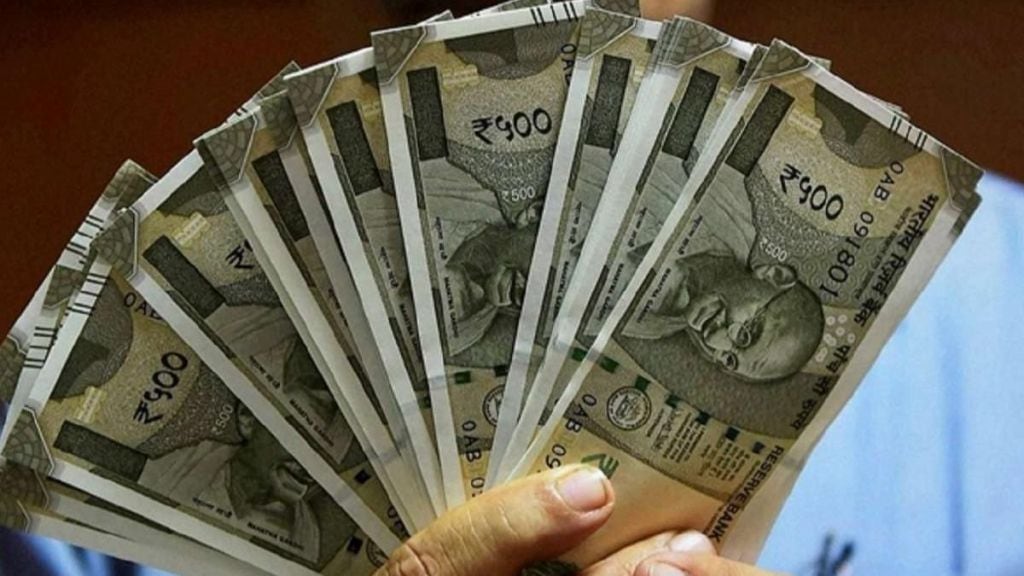By Srivatsan Sridhar
India’s global services sector is booming, now making up over 40% of the country’s total exports. This growth is fueled by tech giants, small businesses, and a freelance workforce of 15 million talented individuals—the fastest-growing in the world. While this creates huge international opportunities, it also brings a challenge: hidden fees in traditional cross-border payments. These unnoticed costs eat into profits, making it vital for businesses and freelancers to manage global transactions efficiently and stay competitive.
Consider Rajeev Khanna, a freelance software developer who recently landed a USD 5,000 game development project with a U.S. firm. After beating out over 100 applicants and putting in long hours for three intense months, he was thrilled to complete the job. However, his excitement quickly turned to frustration when he saw the payout. Due to unfavourable exchange rates, the amount he received after converting USD to INR was far less than he expected. After his bank processed the wire transfer, he ended up with just ₹3,91,000—nearly ₹30,000 less than he should have received due to various fees and charges. This situation is all too familiar for many freelancers and small exporters, who often find their hard-earned money shrinking because of hidden fees and poor exchange rates.
The hidden charges in traditional banking systems are numerous and often opaque. Banks charge wire transfer fees ranging from $20 to $75 per transaction for using the SWIFT network. Additional charges include the Foreign Inward Remittance Advice (FIRA) fee and transaction fees, each around $5. One of the biggest culprits in hidden fees is the forex markup charged by banks. For instance, if the market rate is INR 84 per USD, the bank might offer you just INR 83. This means that for a $10,000 transaction, you would receive only INR 8,30,000 instead of INR 8,40,000. While the difference of INR 10,000 might not seem like much at first, it adds up quickly.
These fees can heavily impact small exporters and freelancers, cutting into their profits and creating cash flow problems—particularly for those working on tight margins. Additionally, because banks are often legacy institutions, they may take several days to settle payments and provide the necessary compliance documents. This lack of transparency makes it even harder for smaller businesses and freelancers to plan ahead, as they often rely on timely payments to keep their operations running smoothly.
In contrast, large exporters manage a high volume of international payments, allowing them to negotiate better exchange rates and lower fees with banks. They also benefit from faster processing times and dedicated banking support. Meanwhile, freelancers and small businesses often struggle with high transfer fees, unfavourable exchange rates, and slower processing times. For many years, MSME exporters and freelancers felt trapped by these challenges, as there were few viable alternatives available. But now, that’s changing.
New-age fintech platforms are solving many of the challenges of traditional banking. They’ve created seamless global payment systems by connecting different national payment networks, so businesses don’t have to deal with the hassle of cross-border transactions. These platforms collect payments from clients worldwide and then distribute them to Indian exporters via local banks—either through direct bank transfers or credit card rails. With new options like UPI emerging, they can easily integrate those too. Exporters can even set up international collection accounts, allowing clients to make local payments, and avoiding the complexity of international transfers. By cutting out SWIFT and other fees, these platforms save exporters money with lower transaction costs and live forex rates. Plus, they offer extra services like reconciliation, invoicing, accounting integration, and compliance management. With real-time tracking of every transaction, businesses get better transparency, security, and compliance.
Global payments are expected to hit $290 trillion by 2030, and emerging technologies are driving rapid changes. While traditional banks are improving their infrastructure, fintech platforms are leading with innovations like virtual accounts, digital currencies, AI, and blockchain. These advancements are helping reduce transaction times and lower costs, reshaping the future of payments.
For Indian exporters and freelancers, choosing the right payment method depends on factors like transaction size, payment frequency, and business needs. Whether using traditional banks or fintech platforms, it’s crucial to understand the fees, processing times, and exchange rates to make informed choices and save on international transaction costs.
(The author is the Co-Founder and CEO of Skydo, a cross-border payments platform. Views expressed are the author’s own and not necessarily those of financialexpress.com)


